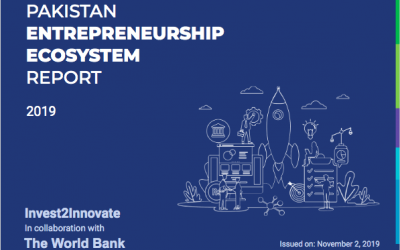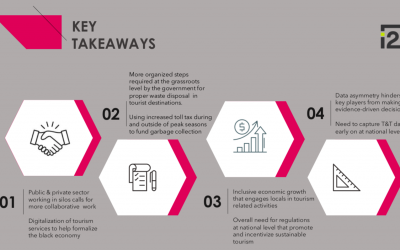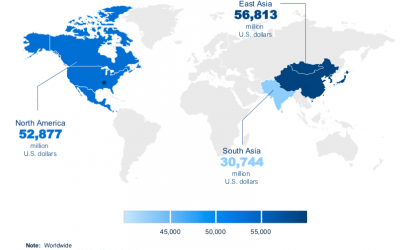Overview
Pakistan shares deep strategic ties with China: CPEC, defense cooperation, and diplomatic alignment.
However, there’s a wide gap in innovation and technological self-sufficiency.
As Pakistan looks to build a sustainable, tech-savvy, and secure future, China’s example offers clear takeaways.
China’s Strengths – Key Updates
Electric Vehicles (EVs)
- Largest EV market globally, with nearly 60% of the world’s EV sales
- Leading firms like BYD offer affordable, high-tech models
- Strong government support, local supply chains, and robust EV infrastructure drive adoption
Artificial Intelligence (AI)
- China’s DeepSeek AI model trained on 2+ trillion tokens rivals global leaders like ChatGPT
- MiniMax, another Chinese AI initiative, is making headlines and is said to outperform DeepSeek
- AI applications span smart cities, healthcare, surveillance, fintech, and more
- Rapid progress fueled by government backing and private sector innovation
Green Solutions
- Top global producer of solar panels and wind turbines
- Massive investment in battery storage and green grids
- Sustainability integrated across major industries
Defense Hardware
- Pakistan already benefits through equipment like J-10C jets and PL-15 missiles
- China leads in local manufacturing and indigenous R&D
- Backed by decades of tech development and military modernization
Pakistan’s Challenges
Electric Vehicles
- Low adoption due to charging infrastructure gaps, policy inconsistency, and lack of local manufacturing
- EVs remain financially inaccessible for most citizens
AI Development
- Strong individual talent but weak institutional support and limited data access
- No large-scale national AI initiatives yet
Defense Limitations
- Heavy reliance on China for cutting-edge equipment
- Minimal tech transfer for core systems like avionics and electronic warfare
The Road Ahead: Key Steps for Pakistan
Collaborate Smarter
- Focus on co-manufacturing with Chinese EV and tech firms
- Leverage CPEC to scale green and tech infrastructure
Build AI Foundations
- Develop national AI frameworks and publicly funded research labs
- Partner with Chinese institutions for LLM development and AI ethics
Upgrade Defense Ecosystem
- Push for technology transfer beyond hardware and target radar, avionics, and electronic warfare
- Invest in defense engineering education and R&D facilities
Conclusion: From Friendship to Future Readiness
China’s remarkable progress in electric mobility, AI, green energy, and defense technology didn’t happen overnight. It was driven by long-term vision, coordinated policy, and massive investment in infrastructure and innovation.
For Pakistan, the path forward is clear, but it requires more than admiration. It demands action.
To truly benefit from China’s example, Pakistan must:
- Drive an EV revolution by localizing assembly, standardizing policy, and investing in charging networks
- Scale up AI innovation through data access, computing infrastructure, and AI-focused education
- Modernize its defense industry by securing tech transfer and nurturing engineering talent
- Transition to a greener economy with renewable energy investments and energy-efficient solutions
- Create an enabling environment for investment through regulatory reforms and investor protection
- Build an innovation ecosystem connecting universities, startups, and government
- Accelerate digital and financial innovation through governance tech, fintech, and access to capital
Pakistan doesn’t need to reinvent the wheel. It needs to adopt, adapt, and advance. With the right ecosystem, it can turn its proximity to China into a competitive advantage and move toward a future that is smarter, greener, and more resilient.
💌 Stay Ahead with Our Newsletter
Get the latest insights on startups, innovation, and emerging tech delivered straight to your inbox


